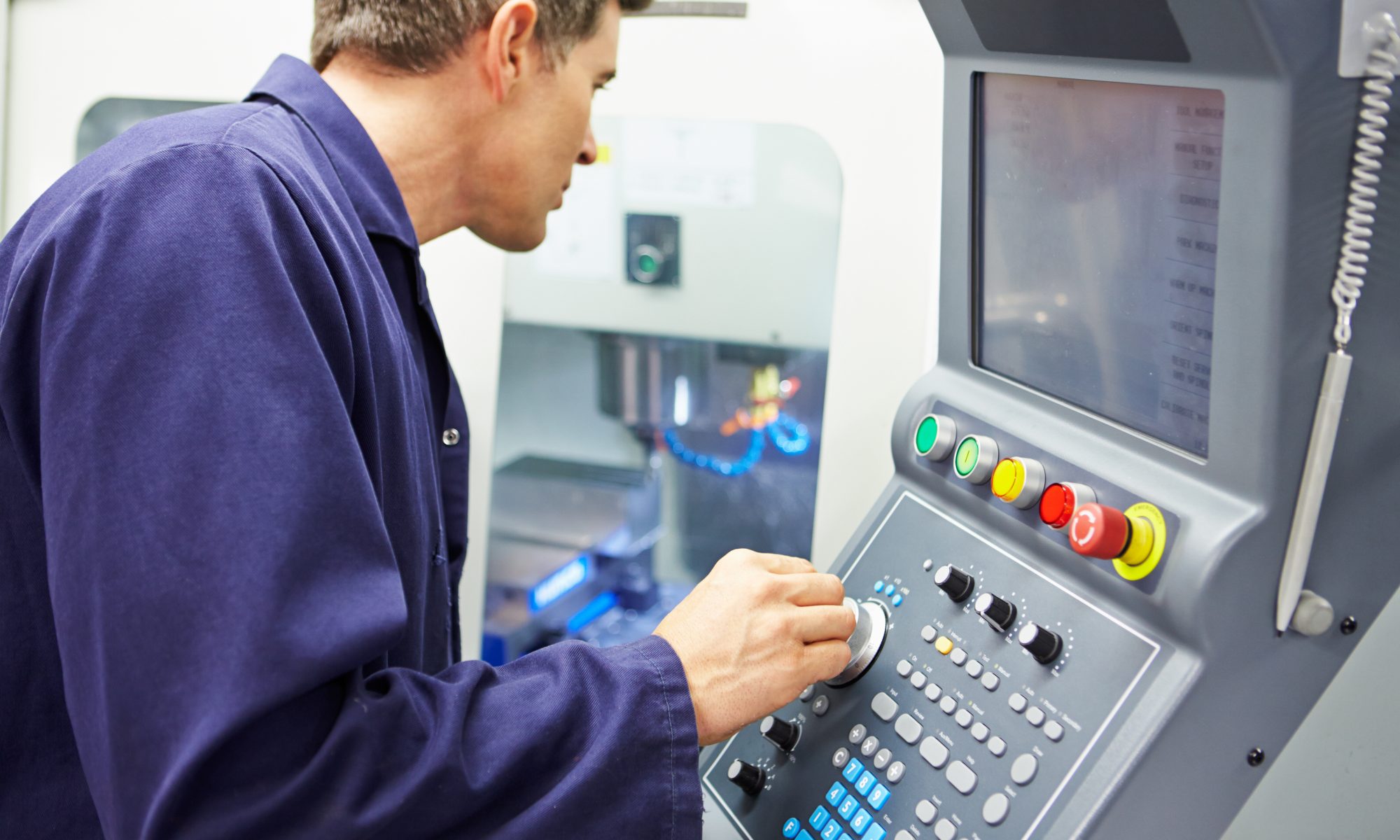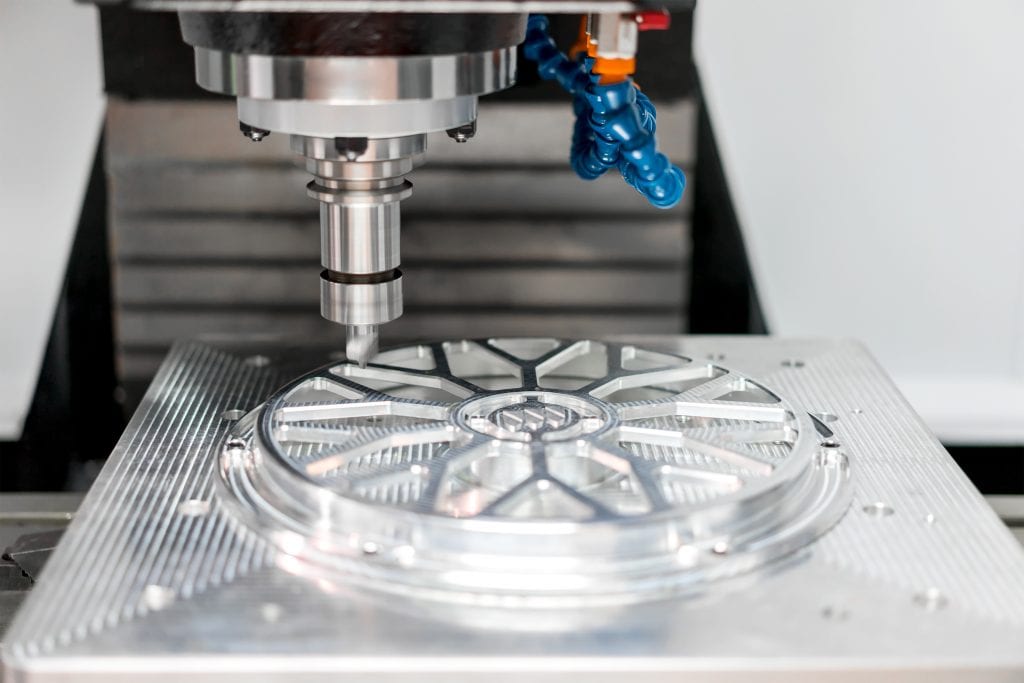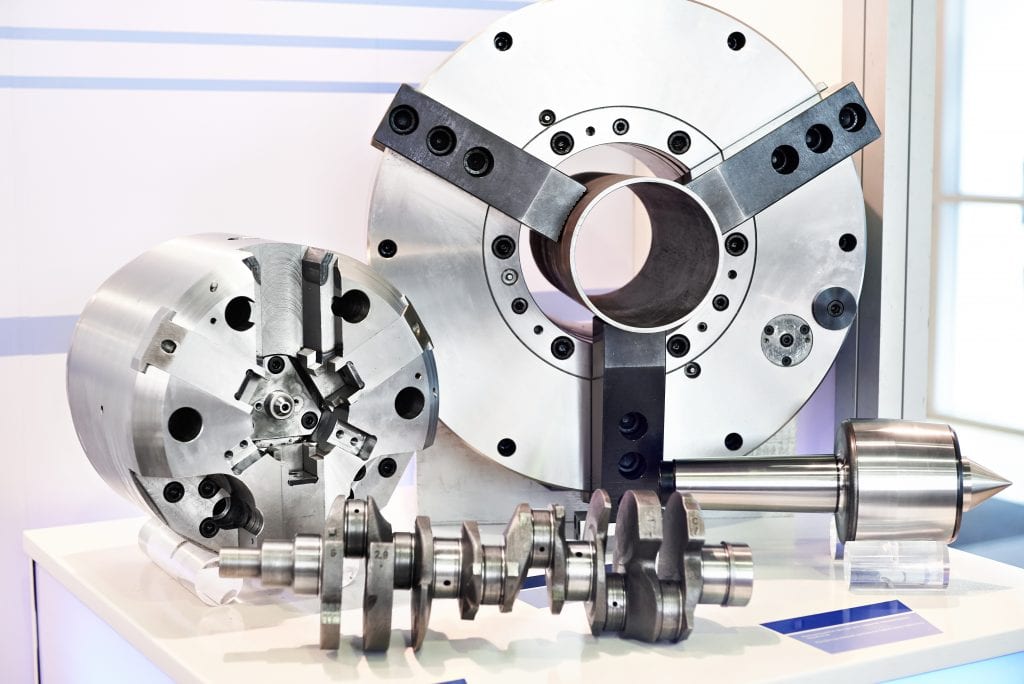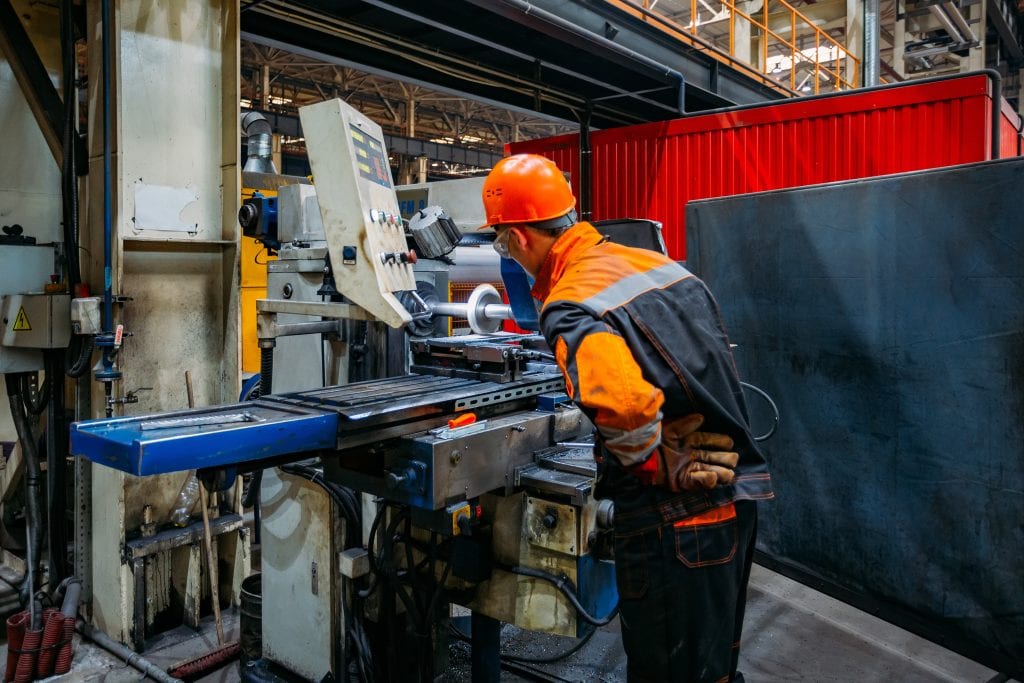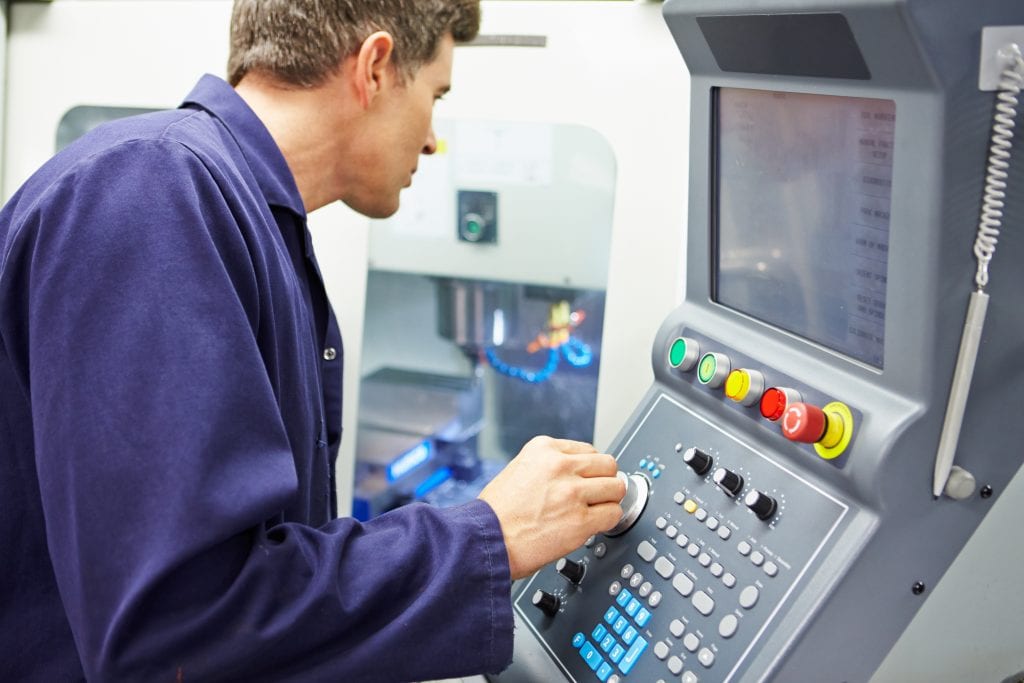
When you need an accurate, machined part for your project, factory, or product, you may not be concerned with which machines to use or how a CNC milling machine works. Your priority is obtaining the right part for your needs, in the quantity you need, the delivery date you desire, and with quality assurance on which you can count.
At United Scientific, we deliver on all of the above criteria with excellence. We also like to make sure that our customers are informed about all our fabrication methods so they can make an educated decision when choosing a manufacturing partner. Knowledge builds trust, and we strive to instill customer confidence through transparency in our operations.
Determining the right process for your part-making project results in the highest quality component at the lowest cost and on schedule. Today, we’ll look at an overview of the differences between CNC milling and turning — two divergent pathways to parts, but both with nuanced characteristics that make them the right choice for different applications.
We assist our customers with large and small-scale production projects and deliver your parts on time with 99+% accuracy. We serve a wide variety of sectors. Fill out our contact form today to get more information or request a quote from United Scientific for your next manufactured component purchase.
Analog to CNC
Part machining technology has come a long way in a few short decades. Before the advent of CNC applications, machining parts required a significant amount of manual control. A worker would steer a block of material around a fixed rotating or oscillating blade or would move the saw through the raw material on a fixed surface.
Though the principles of milling and turning haven’t changed much since the advent of the saw, milling machines have. CNC cutting technology relies on CAD programming in the design phase of your component.
The part designer then sets the cutting coordinates into G-Code that CNC machines can read and translate to blade, spindle, and bed movements in 3D space. A technician inputs the coordinates into the device and oversees the cutting process, checking for quality and accuracy along the way and in the end product.
This type of automation has revolutionized the accuracy and efficiency of tool cutting.
Read on for a more detailed look at two CNC (Computer Numerical Control) cutting processes, and which one is best for your project.
CNC milling
Part-milling begins with a block of material, referred to as a blank, secured in place on a tool-bed. In CNC milling, the cutting or shaving blade attaches to a spindle. The spindle spins the tool rapidly and can travel in several axes, depending upon the machine capability.
To cut the part, the tool-bed moves the blank at different angles to the cutting blade to form the desired surfaces and shape the design. The spindle with the cutting tool can also shift to add further detailing capability.
A CNC machine technician enters coordinates into a computer controlling the bed position, and the bed moves in space to the same specifications with each part machined. The cutting blade could have a vertical or horizontal orientation, dependent on the part material and the forces involved in the cutting process for best efficiency and safety.
A CNC milling process works well for precision parts like enclosures, engine components, complex mechanisms, or other detailed cutting.
CNC Turning
For parts that require fewer detailed cuts, CNC turning may provide superior and efficient cutting results.
A CNC lathe holds that block of material on a “chuck†and rotates, or “turns†it at high speed. In this application, the blank spins on an axis but remains stationary in space.
A computer-controlled blade contacts the spinning material and moves back and forth across the length of the raw material. The blade begins to carve the desired shape out of the block at specified intervals.
Before the advent of Computer Numerical Control, a worker turned the lathe and carefully shaved the cuts into the part with either a hand-held blade or a more massive cutting tool.
Today’s CNC turning machines can cut multiple parts on a variety of spindles. We can control rotation speeds with more accuracy for exceptional results. Different cutting tools and spindles can reside on the same machine, making the cutting process accurate, more time-efficient, and safer than ever before.
Fascinating fact: turning machines come in several different categories, depending upon the functions they perform and the type of parts best suited to the device. For example, Swiss-type turning machines turn and cut tiny parts for watches, medical equipment, and dental tools.
Further, some turning centers can turn up to four pieces on a standard lathe. Other lathes can machine two differing pieces simultaneously with specialized software.
Which application is best for your project?
When deciding between CNC milling and turning to manufacture your parts, several factors can help you determine the best process:
- Cost per part: When accuracy matters most, and your part requires many cuts to achieve a perfect fit, CNC milling may be the best option. Though the milling process may be more time-intensive, depending on the complexity of your part, it’s more cost-effective to get each piece correctly machined the first time.
- Quantity: When you need larger volumes of parts that are a more straightforward design, CNC turning could be the more efficient option. You’ll benefit from controlled accuracy measures, so each piece conforms to the same precise specifications in the shortest time possible.
- Multi-method part: If you require a highly complex designed piece, a blended application may be best, depending on the specifications for each part of the design.
- Capacity: If you machine parts in-house in your manufacturing facility, you may need a separate machining partner for larger jobs or specialized parts. Choosing a protocol that allows you to scale up, down, or outsource your projects accordingly is paramount to successful results.
Choose an experienced, accurate CNC partner proficient in milling and turning
When the need to collaborate on your component manufacturing arises, choose a partner with comprehensive capabilities. At United Scientific, we support wide-ranging industries from aerospace to food processing and more.
Contact us today to customize your unique part-machining strategy. Our expert staff and industry expertise ensure cost-effective, accurate results with each client we serve.

